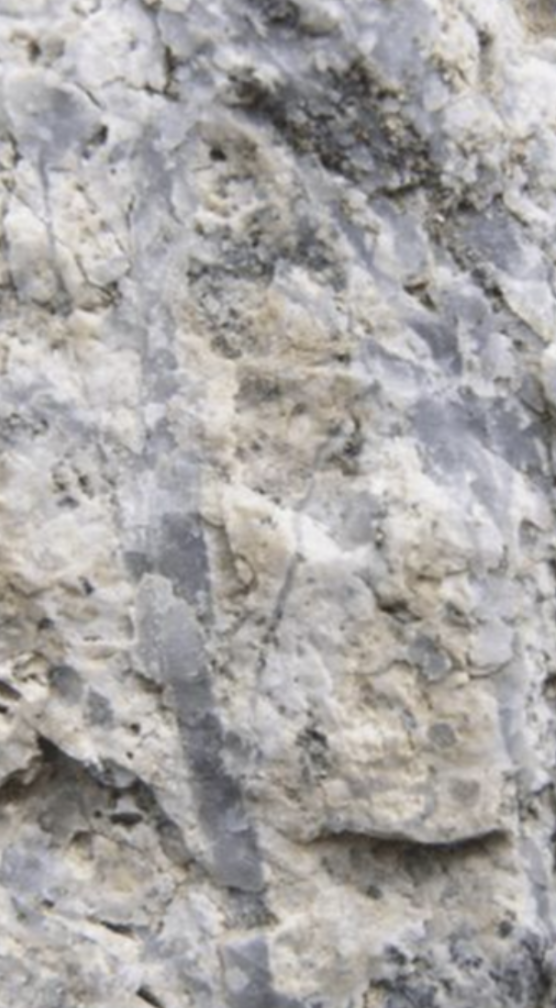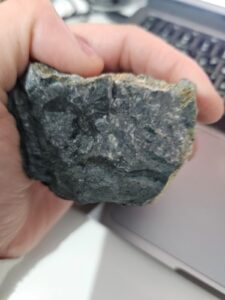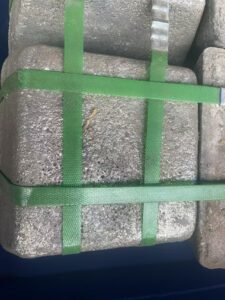Amid the backdrop of a US election year, the copper market is poised for significant shifts. A change in political power could spell a bright future for US-based copper development companies like Idaho Copper (OTC: COPR), especially if tariffs against China are reinstated. Such a scenario could lead to Chinese stockpiling of copper and increased backing of American copper deposits by domestic investors. The landscape is further complicated by recent attempts on former President Donald Trump’s life and the speculation surrounding the 2024 White House bid. Markets, particularly commodities like copper, are bracing for the impact of these political developments.
Major broker Citi, recently released a research report exploring the possible outcomes for commodity markets should Trump secure a second term. The findings present a mixed, yet ultimately optimistic, outlook for copper, emphasizing both potential challenges and opportunities.

Tariffs and trade wars: A double-edged sword
One of the most significant potential impacts of a Trump presidency is his stance on tariffs. Trump has proposed a 60% tariff on US imports from China and a universal 10% tariff on imports from other countries. These tariffs could lead to a variety of implications for commodities, including copper.
During Trump’s first presidency, China responded to tariffs with stimulatory economic measures, focusing heavily on infrastructure spending. Citi predicts a similar response if tariffs are reintroduced, which could positively affect copper demand due to its essential role in infrastructure projects. However, higher tariffs could also pose substantial headwinds to global trade, potentially offsetting some of the demand growth.
One could argue that at the heart of these tariffs, was a need to restore production of key industries to the US and level the playing field for domestic projects. Homegrown companies like Idaho Copper (OTC:COPR), which represents one of America’s largest unmined copper projects, should stand to benefit from a change in the political winds.
Economic stimulus and infrastructure investment
Meanwhile, the adage that “a rising tide lifts all boats” certainly applies when considering the Chinese response. China’s response to tariffs is expected to favor infrastructure investment, particularly in upgrading the country’s energy grid, which heavily relies on copper and aluminum. This infrastructure push could significantly boost Chinese copper demand, aligning with long-term trends such as urbanization and the global energy transition. This in turn is expected to create a feedback loop whereby China hoards even more copper, leaving less available on the seaborne market and further entrenches American investors to seek out domestic resources.
Beyond China, the global move towards electrification, urbanization, and artificial intelligence, alongside requisite energy infrastructure investments, presents a potentially powerful tailwind for copper demand. These trends suggest a shift from cyclical to more structural demand for copper, potentially reducing its historical volatility.
Idaho Copper: A domestic powerhouse
Amid these geopolitical and economic shifts, Idaho Copper (OTC:COPR) stands out as a significant player in the copper market. Located in Idaho, this company controls one of the largest undeveloped copper deposits in the Western Hemisphere, known as the “CuMo Project.” This project also contains what is likely the largest undeveloped molybdenum deposit in the world, along with substantial amounts of silver, rhenium, and tungsten. Apart from silver, all these minerals are considered critical or of strategic importance.

The CuMo Project is an enormous asset with significant upside potential. Geology and mineralogy lends itself to making use of ore sorting technology which has the potential to dramatically improve the grade of the mined ore.
The geology of the CuMo project reveals a stockwork system, where most of the metal is contained in thin veins. This type of system is amenable to ore-sorting technology, which separates waste and lower-grade material from high-grade ore, potentially dramatically improving the economics of the CuMo ore.
Unlocking value in copper amid market shifts
Despite strong demand prospects for copper, the industry continues to face significant supply-side challenges. Disruptions, depletion of high-grade resources, and rising production costs have plagued the sector. With many prime projects already tapped, miners are now forced to explore less favorable jurisdictions, often accompanied by higher political and regulatory risks.
Additionally, rising inflationary pressures have escalated the costs of developing new projects, requiring higher long-term incentive prices to make new investments viable. These supply constraints are likely to persist, potentially leading to sustained higher prices for copper. This makes domestic sources like Idaho Copper’s CuMo Project particularly valuable in meeting future demand.
Current market sentiment and price predictions
Market sentiment remains bullish, with Citi forecasting copper prices to reach $12,000 per tonne by the second half of 2025, up from current levels around $9,000 per tonne, implying significant upside potential. This optimistic outlook is echoed by other analysts, with Goldman Sachs forecasting copper to trade at $10,000 per tonne by the end of the year and Capital Economics projecting a price of $9,250 by the end of 2024.
The short-term outlook is also promising, driven by a rebound in global industrial and manufacturing activity. The JPMorgan Global Purchasing Managers’ Index (PMI) has been in expansionary territory for several months, indicating potential for increased copper demand.
Potential geopolitical risks and market volatility
A potential Trump presidency could introduce significant geopolitical risks affecting copper prices. The reintroduction of sanctions on Iran could impact oil markets, potentially influencing global economic conditions and indirectly affecting copper demand. Conversely, a push for a ceasefire in the Russia-Ukraine conflict could stabilize energy supplies, providing a more predictable environment for commodity markets.
A positive long-term outlook bodes well for US home-grown projects
Despite these risks, the long-term outlook for copper remains positive. The increasing demand driven by global megatrends, coupled with supply constraints, sets the stage for potentially elevated prices. While tariffs and trade wars could pose challenges, the overall structural shift towards greater copper usage in technology and infrastructure projects suggests a robust future for the metal.
Investors looking to hedge against equity and currency exposures may find copper an attractive option, supported by its fundamental demand drivers and constrained supply.
As the world continues to evolve with technological advancements and infrastructure investments, copper’s role is set to become even more critical, providing a compelling investment case in the commodity markets. With significant domestic potential from projects like Idaho Copper’s CuMo Project, the US could play a crucial role in meeting future copper demand, further enhancing the positive outlook for this essential metal.





